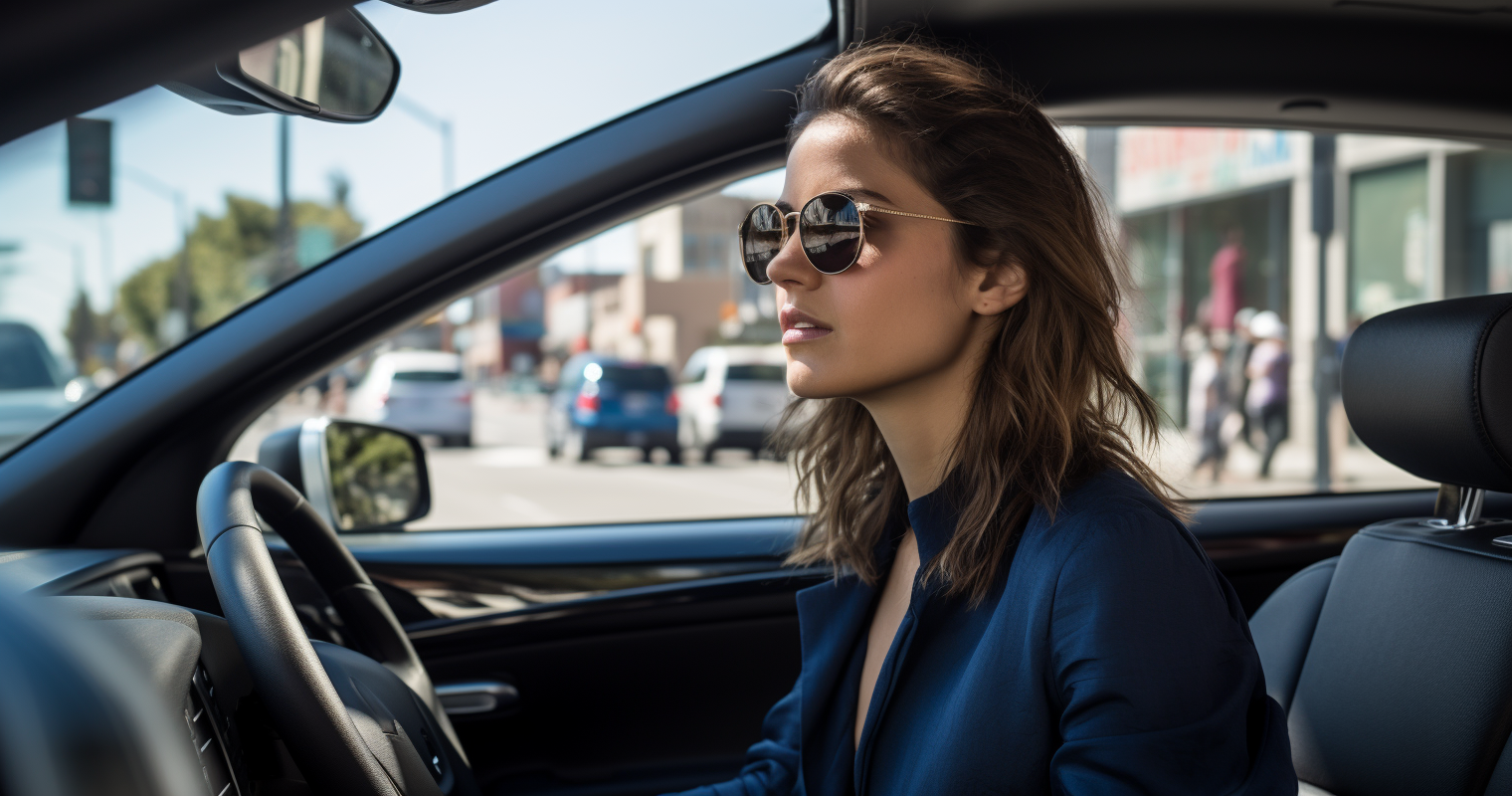The Dominican Republic is a popular tourist destination known for its beautiful beaches, rich culture, and delicious cuisine. Driving is a popular way to explore the country, but it is essential to understand the local driving rules, regulations, and road safety standards before hitting the road.
Road Safety in the Dominican Republic
Road safety in the Dominican Republic is a significant concern, with high rates of traffic accidents and fatalities. The quality of roads in the Dominican Republic varies, with some highways and major urban roads in good condition, while others may be poorly maintained or have potholes.
Driving standards in the Dominican Republic can also be challenging, with many drivers ignoring traffic laws and regulations. It is not uncommon to see drivers speeding, overtaking on the wrong side of the road, or driving while under the influence of alcohol.
Equipment Required in Cars
By law, all cars in the Dominican Republic must carry a warning triangle, a reflective jacket, and a fire extinguisher. It is also advisable to carry a spare tyre, a jack, and a tyre iron in case of a flat tyre.
Road Accidents
In the event of a road accident, drivers in the Dominican Republic are required to stop their vehicles and offer assistance to anyone who may be injured. It is also important to report the accident to the police and exchange contact and insurance details with the other party involved.
Driving Rules in the Dominican Republic
Driving Side
Like most other countries in the Caribbean, the Dominican Republic follows the right-hand drive system. Drivers must drive on the right side of the road and overtake on the left.
Speed Limits
Speed limits in the Dominican Republic vary depending on the type of road and region. In urban areas, the speed limit is usually 40 km/h, while on highways, it can be up to 100 km/h. It is essential to follow the speed limit to ensure road safety and avoid fines.
Right of Way
In the Dominican Republic, drivers must give way to pedestrians at zebra crossings, and it is illegal to drive through a crosswalk while someone is crossing the road. It is also mandatory to give way to emergency vehicles with sirens and flashing lights.
Unique Rules
There are a few unique driving rules in the Dominican Republic that visitors should be aware of. For example, it is illegal to use a mobile phone while driving unless it is a hands-free device. It is also mandatory to use headlights at all times, even during daylight hours.
Road Signs and Traffic Lights
Road signs in the Dominican Republic are in Spanish and follow international standards. The most important signs include speed limit signs, stop signs, and no entry signs.
Traffic lights in the Dominican Republic follow a standard system with red, yellow, and green lights. Drivers must stop at a red light and can proceed when the light turns green.
Getting Up-to-Date Road Traffic Information
The General Directorate of Traffic (Dirección General de Tránsito Terrestre) is responsible for traffic management in the Dominican Republic. Road users can access up-to-date traffic information and road closures by visiting the website of the General Directorate of Traffic (http://www.amet.gob.do/).
Other useful resources for road traffic information in the Dominican Republic include local news stations and radio broadcasts.
Parking Rules in the Dominican Republic
Parking in the Dominican Republic can be challenging, especially in urban areas with high populations of expats. Most parking spaces are limited, and there is a high demand for them.
Drivers must park their vehicles within designated parking bays and avoid parking in no-parking zones. Failure to comply can result in fines or even the vehicle being towed away.
There are several parking permit schemes available in the Dominican Republic, including residential parking permits and business parking permits. Visitors can apply for parking permits at their local town hall or city council.
Disabled parking spaces are available in many public areas in the Dominican Republic. Drivers must display a valid disabled parking permit to park in these spaces.
Driving in the Dominican Republic can be an exciting and enjoyable experience, but it is essential to understand the local driving rules and regulations to ensure road safety. By carrying the necessary equipment in their vehicles, following the speed limit, and giving way to pedestrians, road users can help prevent accidents and keep the roads safe for everyone.
Staying up-to-date with the latest road traffic information and planning routes accordingly is also advisable. Visitors should also exercise caution and drive defensively to ensure their safety and that of others on the road.
Parking in the Dominican Republic can be challenging, and drivers should be aware of the parking rules and regulations to avoid fines and other penalties. It is also essential to note that traffic can be heavy in urban areas, especially during rush hour, and visitors should plan accordingly.
Overall, driving in the Dominican Republic can be an enjoyable experience as long as drivers follow the rules of the road and exercise caution. With a bit of common sense and knowledge of the local driving regulations, visitors can explore the country’s beautiful landscapes and vibrant culture with ease.

